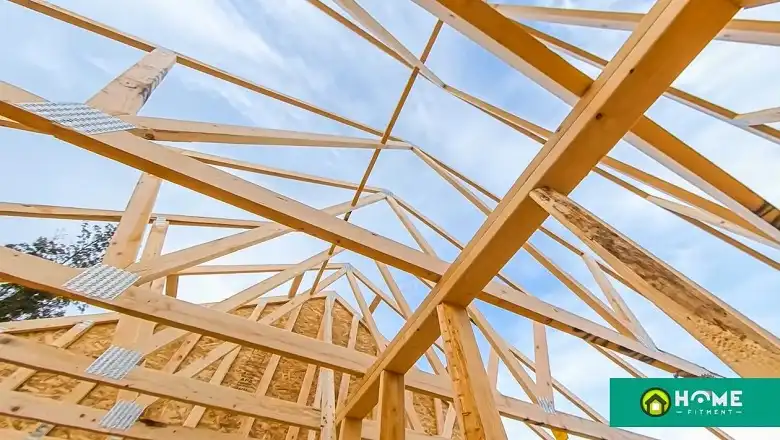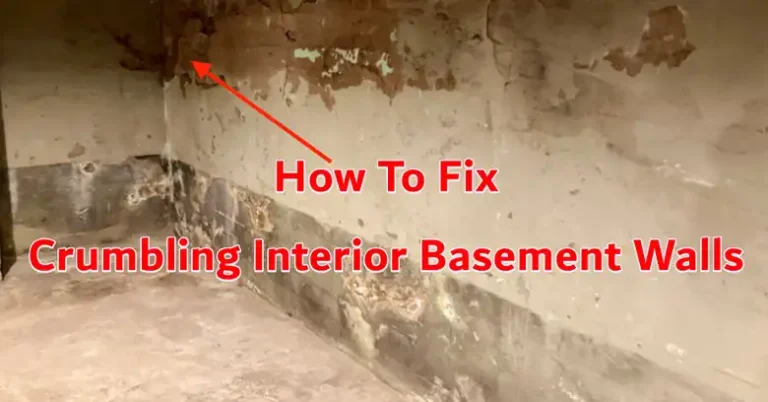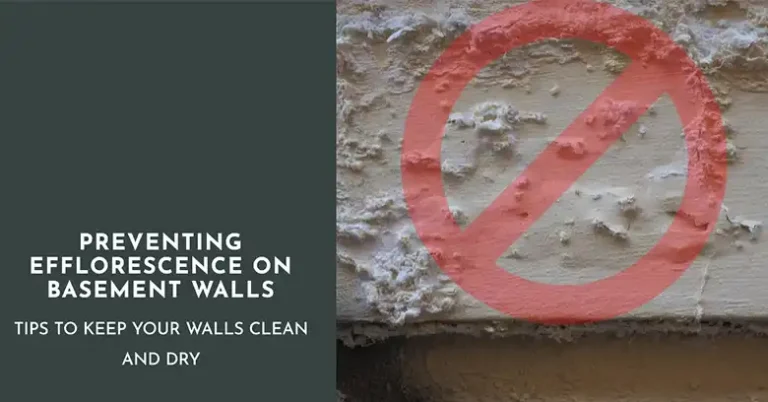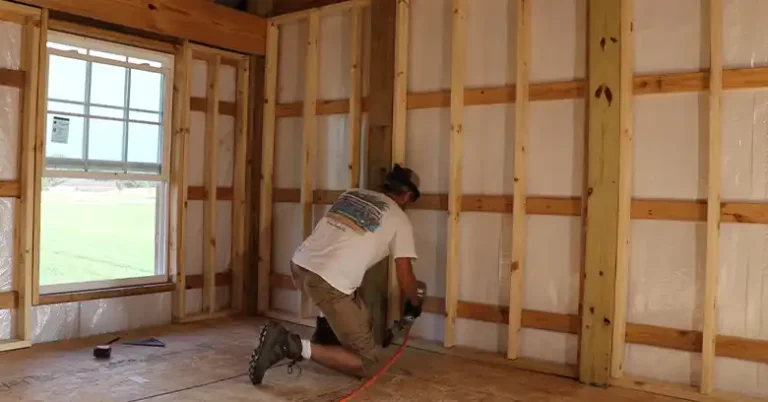6×6 Vs 8×8 Post: Which One To Use?
When it comes to building outdoor structures like pergolas, decks, or covered patios, one of the most crucial decisions you’ll face is choosing between 6×6 and 8×8 posts. This choice can significantly impact both the structural integrity and visual appeal of your project.
While 6×6 posts are more common and often sufficient for many applications, 8×8 posts offer increased strength and a more substantial appearance. However, factors such as cost, availability, and hardware compatibility also come into play.
In this article, we’ll explore the pros and cons of each option to help you make an informed decision for your next outdoor build.
Whether you’re a DIY enthusiast or working with a contractor, understanding the implications of your post choice is essential for creating a safe, sturdy, and visually pleasing structure.

6×6 or 8×8 Posts?
Choosing between 6×6 and 8×8 posts depends on your project’s needs. For a definitive answer, consider your project’s size, weight requirements, and desired aesthetics.
| Feature | 6×6 Posts | 8×8 Posts |
| Load-Bearing Capacity | Suitable for lighter loads and smaller projects | Higher strength, ideal for heavier loads and larger structures |
| Height and Span | May require more frequent spacing or bracing | Supports taller structures and longer spans without additional support |
| Visual Impact | Slimmer, more streamlined appearance | More substantial and robust appearance |
| Compatibility with Design | Works well with modern or minimalist designs | Complements traditional or rustic designs |
| Cost | Generally more budget-friendly | Higher initial cost due to larger size and increased material usage |
| Availability | More commonly available in local stores | May require special ordering or sourcing from specialized suppliers |
| Installation Hardware | Uses standard-sized bases and brackets | Requires larger, more robust hardware |
| Maintenance | Regular maintenance needed, prone to warping | May be more stable but also needs proper treatment and sealing |
6×6 Vs 8×8 Post: Structural Considerations
When planning an outdoor structure, it’s essential to consider the various structural demands that will impact the choice between 6×6 and 8×8 posts. The right post size ensures that your build is not only aesthetically pleasing but also safe and durable.
Several key factors come into play, including load-bearing capacity, height and span limitations, and adherence to building code requirements.
Load-Bearing Capacity
When selecting between 6×6 and 8×8 posts, understanding their load-bearing capacity is crucial. 8×8 posts provide significantly greater strength, making them ideal for structures that will support heavier loads, such as large decks or pergolas with substantial roofing.
On the other hand, 6×6 posts are typically sufficient for smaller projects or those with lighter loads, offering a balance between strength and material efficiency.
Height And Span Limitations
Height and span limitations are also essential factors to consider. 8×8 posts can support taller structures and longer spans without additional support, providing more design flexibility.
Conversely, 6×6 posts may require more frequent spacing or additional bracing to achieve the same stability, which can impact the overall design and aesthetic of your structure.
Building Code Requirements
Compliance with local building codes is another critical consideration. Codes often dictate specific post sizes and spacing to ensure safety and structural integrity.
While both 6×6 and 8×8 posts can meet these requirements, the choice may depend on the specific regulations in your area and the type of structure you’re building.
Consulting with a professional or your local building authority can help ensure your project adheres to all necessary standards.
6×6 Vs 8×8 Post: Aesthetic Factors
Aesthetics play a crucial role in the overall appeal of your outdoor structure. The choice between 6×6 and 8×8 posts can significantly influence the visual impact and harmony of the design.
Understanding how each option aligns with your desired look and feel is key to creating a cohesive and attractive project.
Visual Impact And Proportions
The visual impact of your posts is a major consideration, as 8×8 posts provide a more substantial and robust appearance compared to the slimmer 6×6 posts.
This can enhance the sense of solidity and grandeur in larger structures, while 6×6 posts may be more suitable for a lighter, more streamlined look.
Compatibility With Overall Design
Compatibility with the overall design is also important, as the size of the posts should match the architectural style and scale of your project. 8×8 posts may complement more traditional or rustic designs, while 6×6 posts can work well with modern or minimalist aesthetics.
6×6 Vs 8×8 Post: Cost and Availability
Cost and availability are practical considerations that can heavily influence your choice of post size. Balancing your budget with the accessibility of materials is essential to ensure that your project remains feasible and within financial reach.
Price Comparison
When comparing prices, 8×8 posts are generally more expensive than 6×6 posts due to their larger size and increased material usage.
While the initial cost is higher, the added strength and visual impact may justify the investment for larger or more demanding structures.
Conversely, 6×6 posts offer a more budget-friendly option for smaller projects or those with lighter load requirements.
Ease Of Sourcing Materials
Ease of sourcing materials can also impact your decision. 6×6 posts are more commonly available and may be easier to find at local hardware stores and lumberyards.
In contrast, 8×8 posts, while available, may require special ordering or sourcing from specialized suppliers, potentially leading to longer lead times and higher shipping costs.
6×6 Vs 8×8 Post: Installation and Hardware
The installation process and the types of hardware used are critical to ensuring the stability and longevity of your structure.
The choice between 6×6 and 8×8 posts will affect the types of post bases, anchors, beam connections, and brackets you’ll need.
Post Bases And Anchors
For both 6×6 and 8×8 posts, selecting the right post bases and anchors is vital for a secure foundation. 8×8 posts require larger, more robust bases and anchors to support their increased weight and size, which can add to the overall cost.
6×6 posts, being smaller, can be installed with more standard-sized bases and anchors, simplifying the installation process and potentially reducing expenses.
Beam connections and brackets
The connections between the posts and beams are equally important. 8×8 posts often need larger and stronger brackets and connectors to accommodate their size and the loads they bear.
While 6×6 posts can use more commonly available and less expensive hardware, ensuring all connections are secure and properly rated for the load is essential regardless of post size.
6×6 Vs 8×8 Post: Maintenance and Longevity
Maintenance requirements and the longevity of your posts are key factors in ensuring your structure remains safe and attractive over time. The resistance of the posts to warping and twisting, as well as their durability in different climates, can impact their performance and the frequency of required maintenance.
Resistance to warping and twisting
Both 6×6 and 8×8 posts are susceptible to warping and twisting, but the larger 8×8 posts may be more stable due to their increased mass.
Proper treatment and sealing can help mitigate these issues, extending the lifespan of the posts and maintaining their structural integrity.
Durability In Different Climates
The climate where your structure is built will also affect the longevity of your posts. In areas with high humidity, heavy rainfall, or significant temperature fluctuations, choosing posts made from rot-resistant or pressure-treated wood is essential.
Both 6×6 and 8×8 posts can be treated to withstand these conditions, but regular inspections and maintenance are necessary to ensure they remain in good condition.
Conclusion
Choosing between 6×6 and 8×8 posts for your outdoor structure is a decision that balances structural integrity, visual appeal, cost, and practicality.
While 6×6 posts are more commonly available and cost-effective, they are best suited for smaller projects with lighter loads.
On the other hand, 8×8 posts offer superior strength and a more substantial appearance, making them ideal for larger, more demanding structures.
Consider the specific needs of your project, including load-bearing requirements, design preferences, budget, and local building codes.
FAQs
1. How Much Weight Can An 8×8 Post Support?
An 8×8 post can support up to 64,000 pounds, making it suitable for heavy-duty applications and large structures that require significant load-bearing capacity.
2. What Is The Load Limit For A 6×6 Post?
A 6×6 post has a load limit of 30,000 pounds, which is adequate for many residential projects, including decks, pergolas, and smaller structures.
3. Should I Use 4×4 Or 6×6 Posts For A Porch Roof?
For a porch roof, it is recommended to use 6×6 posts. They provide greater strength and stability, ensuring the safety and durability of the structure.
4. Can You Build A House On 6×6 Posts?
Yes, homes in some flood-prone areas are being built on 6×6 posts. These posts can provide adequate support, especially when additional measures are taken to ensure structural stability.
5. How Far Can An 8×8 Span Without Support?
An 8×8 post can span up to 16 feet and 1 inch without additional support, making it a versatile option for larger structures and open spaces.






